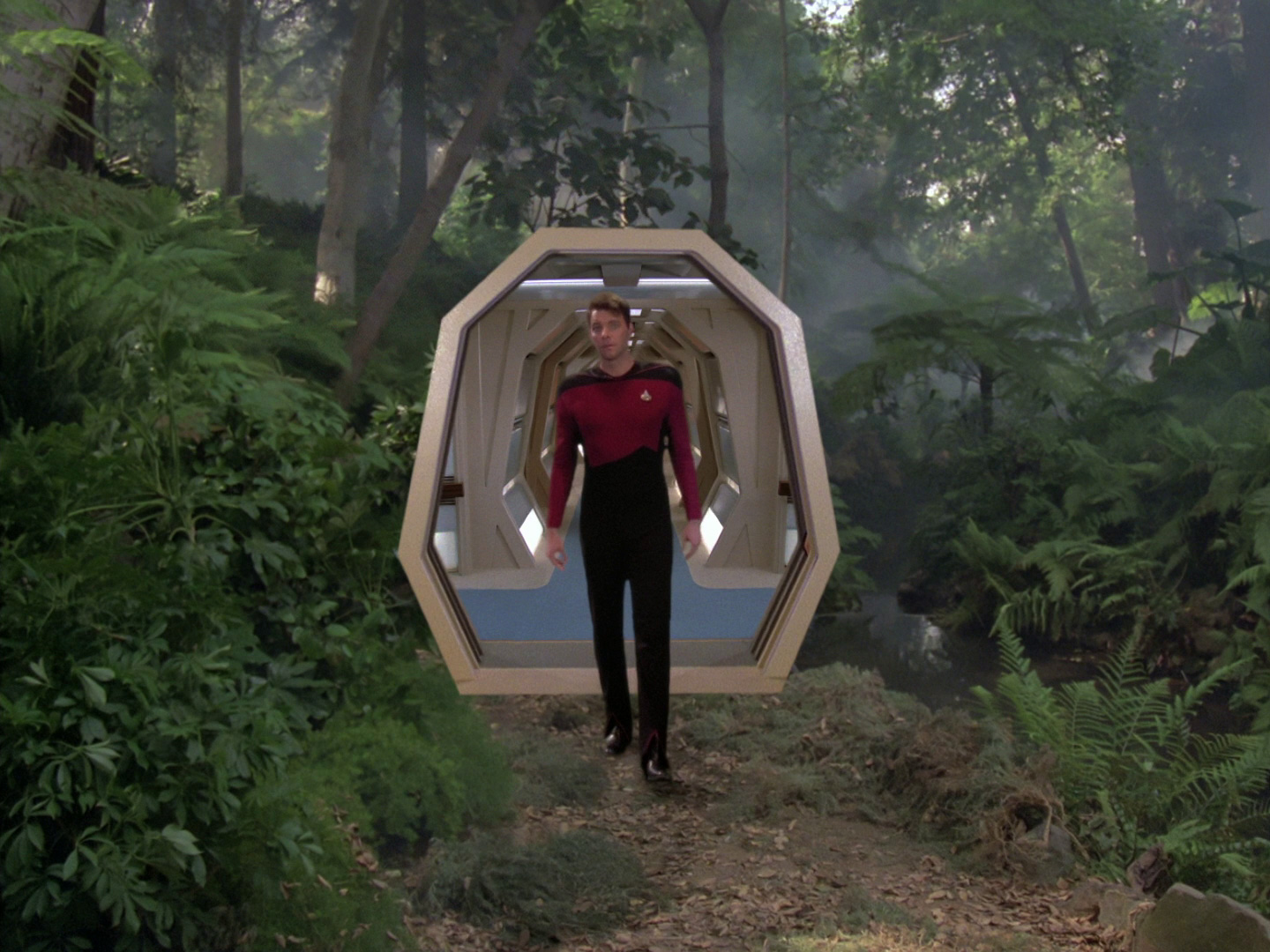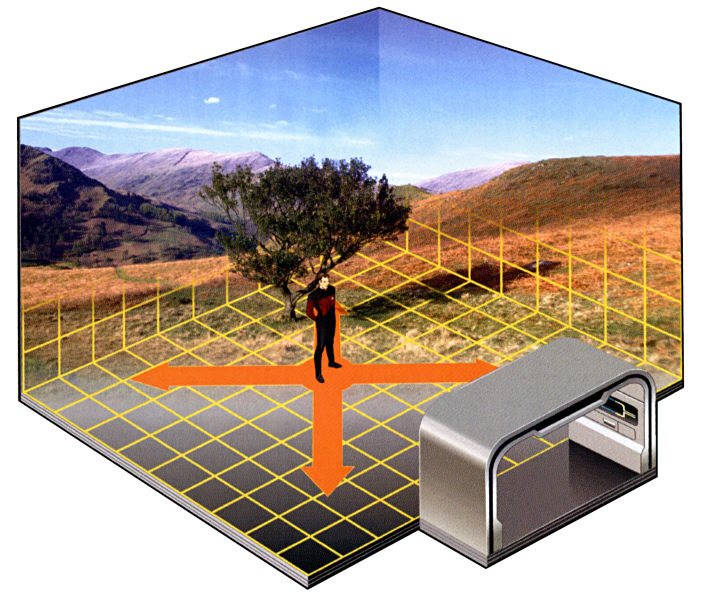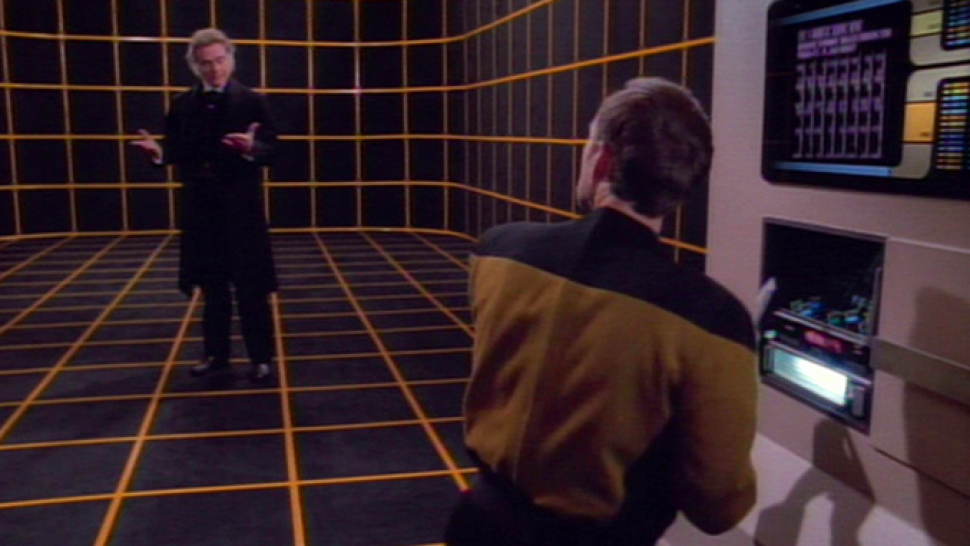While the fictional Holodeck from the hit series was mainly used by the "Star Trek" characters for recreational purposes, could such an immersive virtual-reality (VR) environment help people tackle global problems like climate change or drug policy? Researchers at New York University (NYU) think so, and they are designing their own version of the technology to create a cyberlearning environment of the future.
Winslow Burleson, the project's leader and an associate professor focusing on educational technology at NYU, thinks a network of internet-connected Holodecks could allow people to crowdsource solutions to intractable societal problems.

The technology could enable people across the globe to create and participate in detailed simulations for research and collaborative learning, even allowing them to explore virtual scenarios to help find better ways of tackling communal challenges.
'Star Trek'-inspired tech
The NYU Experiential Super Computer, nicknamed the Holodeck, will combine VR technology and touch-based controls and feedback with computers that can simulate in real-time everything from environments to social situations, or even visualizations of scientific problems, the researchers said.
The system will be able to track users' movements and even their mental states via physiological cues like sweating or the pitch of their voices, Burleson said. This will help personalize their experiences.

And as people use the Holodeck, they will be guided through their learning by robotic and virtual learning assistants, according to the researchers. The system will even feature 3D printing technology so that people can rapidly create physical prototypes of things they're working on.
This kind of immersive virtual experience is now possible, thanks to the rapid advances currently being made in VR technology, largely fueled by the gaming industry. Burleson said his group has already made significant progress with several of the component technologies.
For example, the scientists have already demonstrated that HD camera arrays can capture the positioning of all users and physical objects in a prototype Holodeck and use this to position them in a virtual scene shown through VR goggles in real time. The NYU researchers have also created a 3D sound system that can record and recreate accurate simulations of acoustic spaces.

Members of the team have worked with NASA and the Exploratorium, the San Francisco-based cyberlearning museum, to design robotic and virtual assistants for both cyberlearning and remote planetary exploration.
The researchers have also partnered with a Boston-based startup called Humanyze, which creates high-tech badges packed with sensors that can track people's movement, social interactions and even speech dynamics.
Fact vs. fiction
But the researchers still have a ways to go before they can create a working prototype. They are currently focused on setting up an infrastructure that will enable them to combine these various parts into a coherent whole and make it easy for users to share information or even contribute to the project with new tools and features.
The use of virtual worlds to tackle real-world problems is already an active domain of research that even has its own peer-reviewed academic publication — the Journal of Virtual Worlds Research.

Games like "World of Warcraft" and "Second Life" have been used by researchers to investigate everything from psychology to the governance of virtual universes. But the more complex and customizable virtual worlds that would be enabled by the Holodeck should make it possible to tackle larger and more complex problems.




Share the News